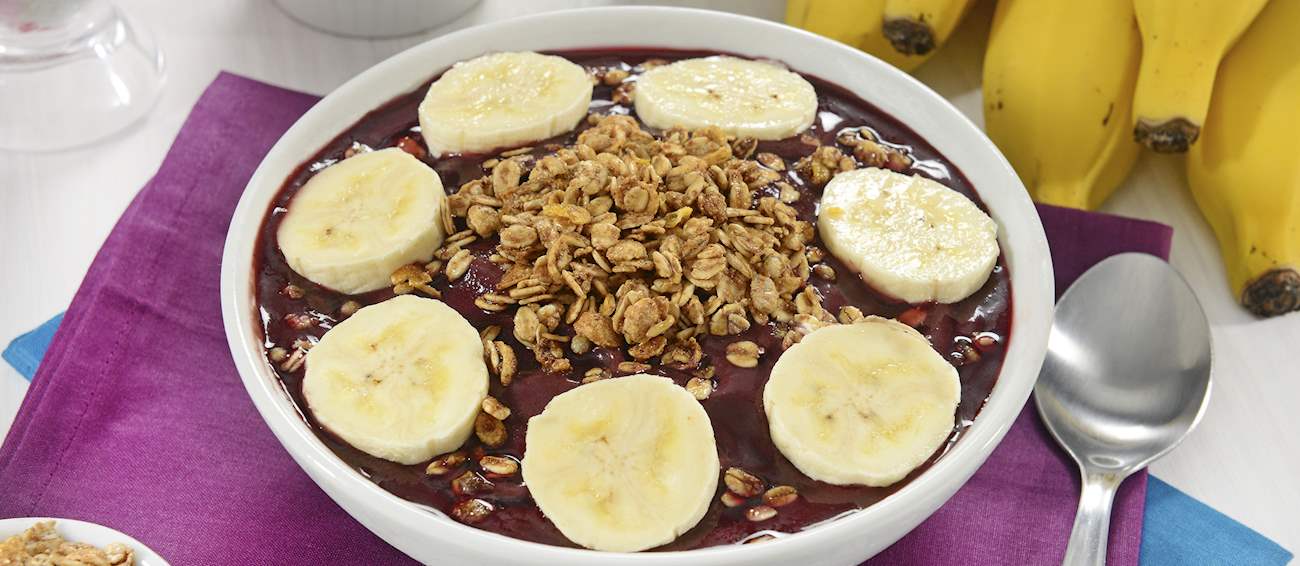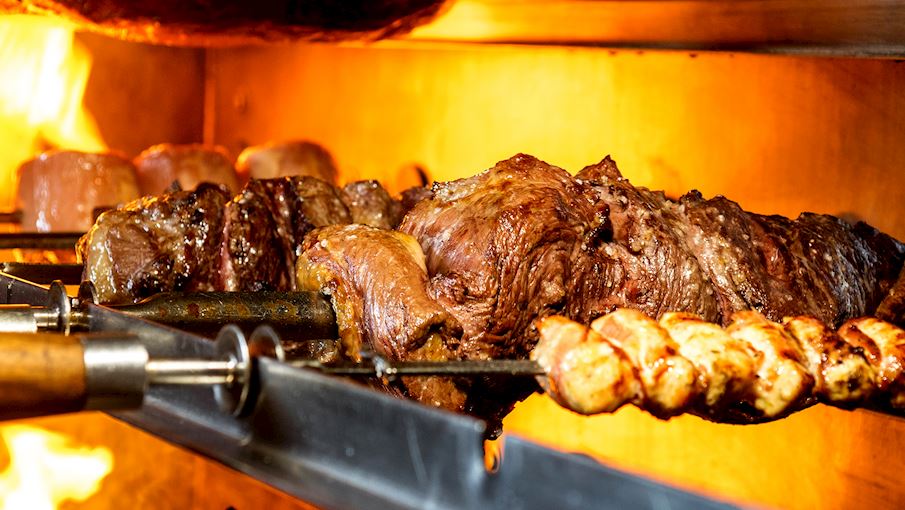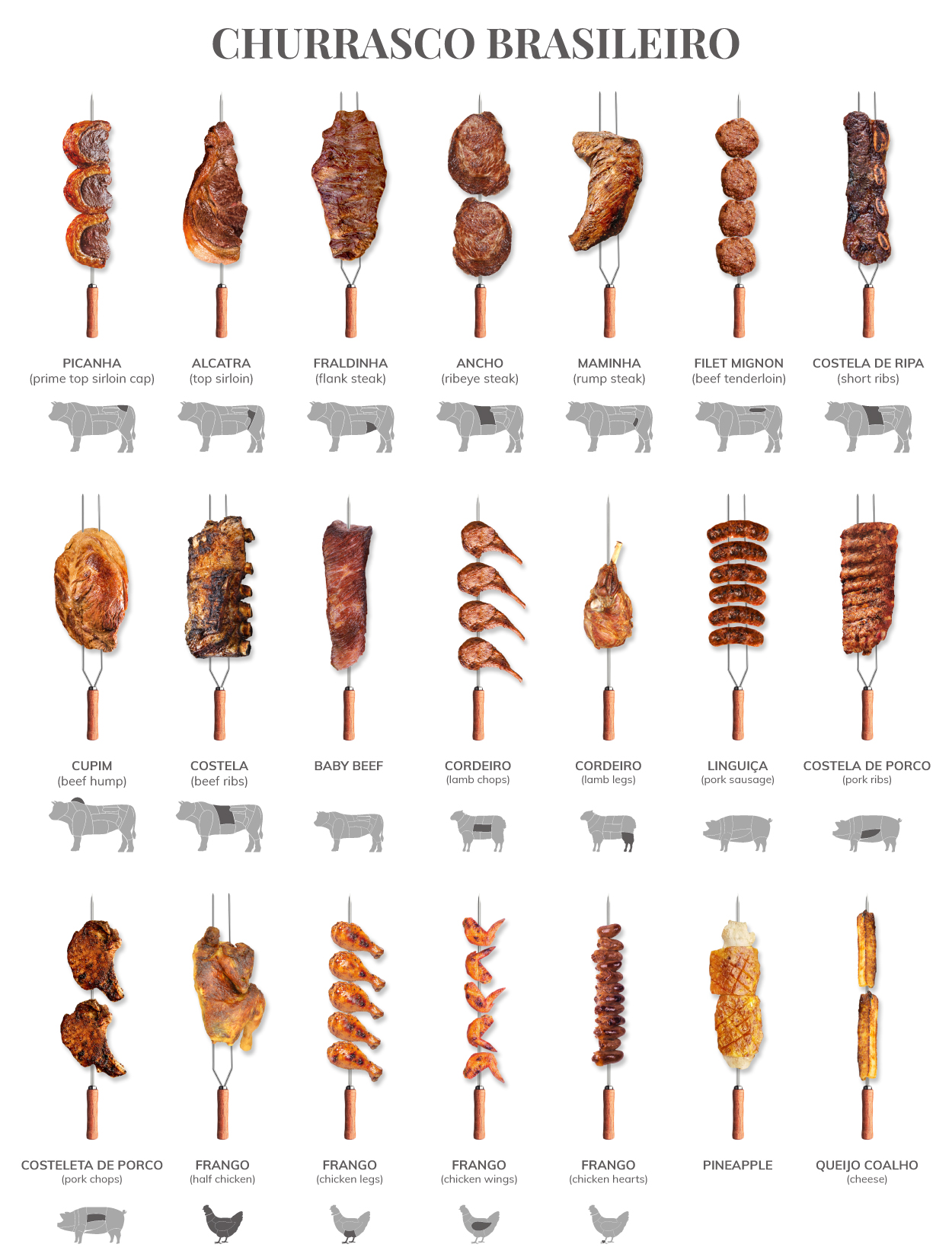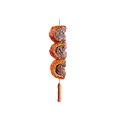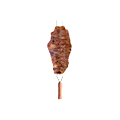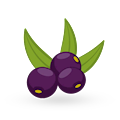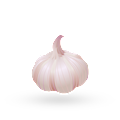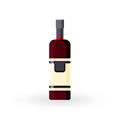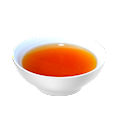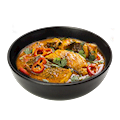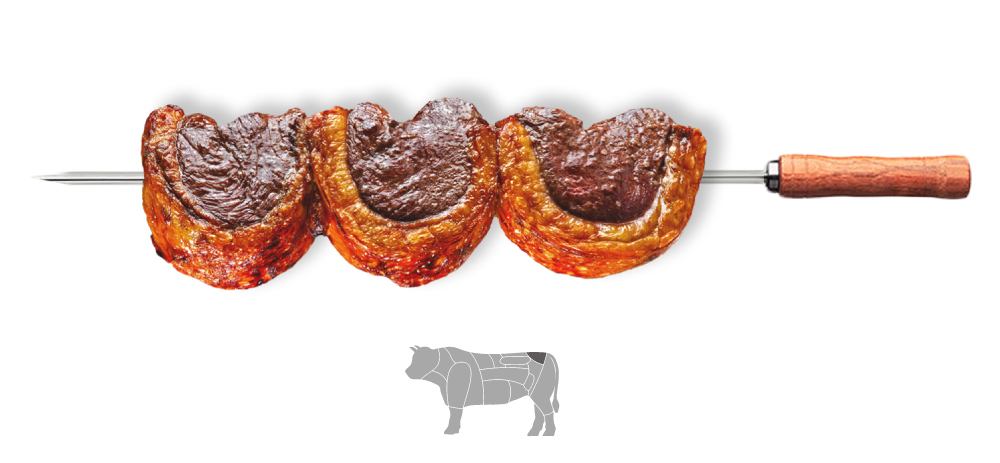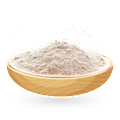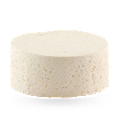Churrasco is a Brazilian barbecue method where juicy pieces, slices, steaks, and chops of beef, veal, lamb, pork, and chicken are placed on big skewers and grilled over wood fire. It started in the early 1800s when the Gauchos (European immigrants that settled in the Rio Grade do Sul area) would get together and start a fire, adding large portions of meat on skewers and slowly grilling the meat.
In the restaurants, known as churrascarias, the skewers are paraded across the restaurant in a flashy manner, and the waiters circulate among the tables in order to show off the succulent meat to hungry diners. After the customers have chosen their preferred type of meat, it is sliced off the skewers to the dining plates.
VARIATIONS OF Churrasco
MOST ICONIC Churrasco
View moreMAIN INGREDIENTS
Açaí na tigela is a versatile Brazilian dessert made with mashed açaí berries, usually served in a bowl, topped with banana and granola, and combined with other fruits and guaraná syrup. The açaí palm thrives throughout the Amazonian basin, and its berries are characterized by an earthy flavor and dense texture.
The dessert can be found throughout Brazil, especially along the northeastern coast, where it's sold in most kiosks and juice bars. Açaí bowl was first popularized during the 1980s by a Brazilian Jujitsu founder named Carlos Gracie. As time went by, Brazilian surfers took part in the trend in the 1990s, and by the 2000s, the refreshing, flavorful, and healthy açaí bowl spread in popularity outside of Brazil, most notably in Hawaii and Southern California, becoming a staple of the surfers' diet.
MOST ICONIC Açaí na tigela
View moreFeijoada or feijoada completa is Brazil's national dish, a hearty stew featuring pork and black beans. The dish is consumed throughout the country, and every family in Brazil has their own, special recipe. Sautéed greens, cheese rolls, rice, and fresh, sliced oranges are served as an accompaniment to the smoked pork and richly flavored black beans.
Traditionally, it is prepared for Saturday lunch, so that the consumers may sleep it off. The beans are flavored with onions, tomatoes, coriander, and garlic, while pork meat can be additionally enriched with dried beef and smoked pork sausages. Before the main meal, consumers are offered caldinho de feijao, a bean broth served in shot glasses or small ceramic cups and garnished with pork rinds known as torresmos.
VARIATIONS OF Feijoada (Brazil)
Known as bolinhos de bacalhau in northern Portugal and pastéis de bacalhau in the central and southern regions and Brazil, these crispy cod fritters are one of the most beloved Portuguese national dishes. They consist of dry salted cod, mashed potatoes, onions, parsley, eggs, and a variety of spices.
The cod is primarily soaked and deboned before it is incorporated in a creamy mixture that is shaped into elliptical or round forms and fried until golden brown and crispy on the outside. These small fritters are usually enjoyed as an appetizer served in restaurants or at formal dinner parties, but also as a satisfying main course accompanied by rice and various fresh salads.
This seafood soup was named after Leão Veloso, a Brazilian diplomat who developed a taste for bouillabaisse during his service in France. Upon returning to Brazil, he tweaked the recipe for the famous French classic, most likely due to unavailability of some ingredients.
His dish soon became a favorite all along the coast, especially in Rio de Janeiro, where there are now bars that specialize in this rich and spicy soup which is typically made with whole grouper and various shellfish.
A classic dish of the Brazilian Bahia region, bobó de camarão is a stew made with puréed cassava (bobó), fresh shrimps, coconut milk, and dendê palm oil. The word bobó comes from the Ewe people who were brought to Brazil as slaves, denoting a dish made with beans, although there are no beans in bobó de camarão as we know it today, due to the fact that the Afro-Brazilians enthusiastically took to cassava when they were first introduced to it.
The dish is traditionally accompanied by rice on the side, and is a staple of most traditional Brazilian eateries and Bahian self-service restaurants.
Moqueca is a seafood stew with a base of palm oil and coconut milk or olive oil, combined with fish or shrimps (or both). The dish is stewed in traditional clay pots along with vegetables and fresh herbs, and it is traditionally served over rice.
It can be traced back to 300 years ago, when it was first invented due to the fact that the Portuguese brought coconuts to the country, and slaves from Africa introduced palm oil to Brazilian cuisine. There are numerous versions of moqueca, such as moqueca Capixaba, or moqueca Baiana, from the Bahia state in the northeast of the country.
The dish is traditionally garnished with fresh chopped cilantro on top, and accompanied by rice, pirão, or farofa.
VARIATIONS OF Moqueca
MAIN INGREDIENTS
Picanha is a fresh cut of beef that's especially popular and highly prized in Brazil. In the US, it's called sirloin cap, and in the UK, it's known as the rump cap. Picanha is situated on the back side of the animal, above the butt, where it sits on a fat cap.
It's mostly used for churrasco – the meat is first grilled, then sliced off of a skewer. This cut holds very little fat in the meat, so it must be cooked perfectly in order not to make it tough. In Brazil, every churrasco has picanha, and all of the best churrascarias feature picanha on their menus.
MAIN INGREDIENTS
Farofa is a common side dish in Brazil that no churrasco (barbecue) is complete without. It consists of toasted manioc flour dressed up with complementary ingredients such as onions, olives, nuts, crispy bacon pieces, dried jerky, or fresh herbs.
Popular since the time of Brazil's first settlers, it is typically sprinkled over savory dishes such as feijoada and xinxim. One popular variety from Bahia is made with bananas and onions. Farofa has such a legacy in Brazil that it even has its own shaker, called a farinheira, found on virtually every table in the country.
Literally translated to cheese bread, pão de queijo has its origins in the culinary inventions of African slaves, when they started to use the residue of the cassava plant. A fine white powder, or starch, was rolled into balls and baked.
At the time, no cheese was added, so it was just baked starch, but at the end of the 19th century, when slavery ended, other foods started to become available to the Afro-Brazilians for the first time. In the state of Minas Gerais, the dairy center of Brazil, cheese and milk started to be added to the starchy balls, and pão de queijo was created.
